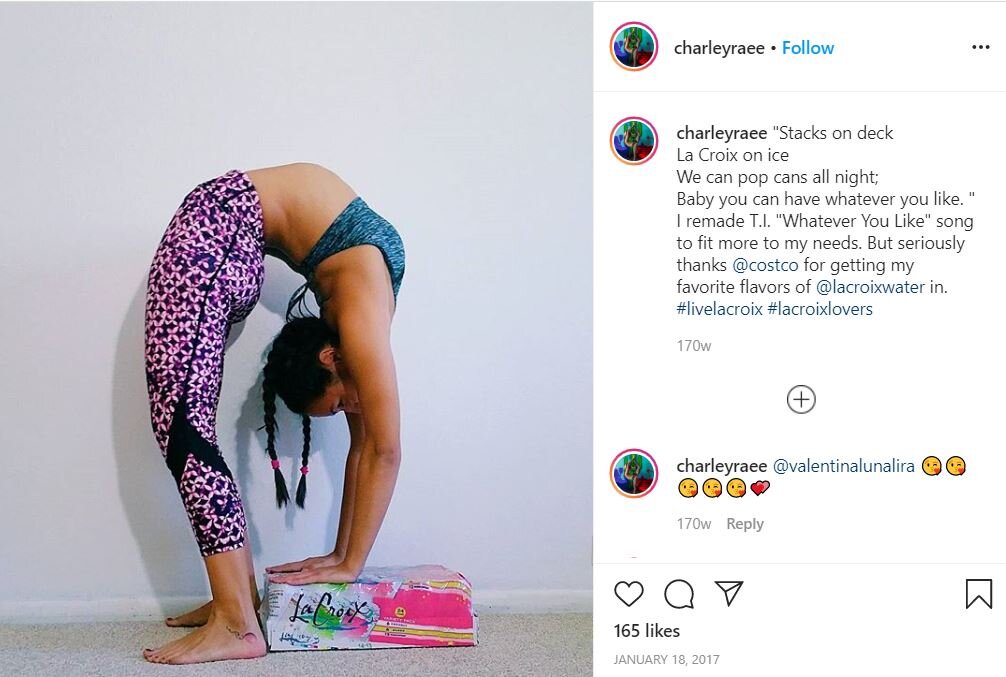The world of influencer marketing exploded in the mid-2010s. Social media influencers with tens of thousands - or millions - of followers commanded big pay checks for mentioning a product or service.
And then the bubble happened.
Influencers got too big, cost too much, and offered too little value. Social media managers were left scratching their heads as to why someone with a million followers didn’t directly generate additional sales. Think about it: If you pay an Instagram influencer — say, a beautiful 20-something who travels the world — $10,000 to mention your tea, and you only see a $1,000 increase in revenue in the month following her mention...then you overpaid.
While the ROI of a marketing tactic isn't so cut and dry, in the case of influencer marketing, it's more so an advertisement. That means you should have some key metrics to figure out whether or not it’s effective for generating sales for your business.
What is influencer marketing?
It's a mix of word-of-mouth and advertising. With influencer marketing, a business finds someone on the social media platform where their audience is, who has an audience they want to reach and offers to pay them for an endorsement.
It's not an organic approach — you're paying for access to an audience someone else built. According to Forbes, it’s still a bit of the Wild West. Finding the right influencer for your business or brand is essential for ensuring it’s an effective marketing tactic and not a waste of money.
Micro influencers: the best option for small to medium sized businesses?
The U.S. Small Business Administration defines small businesses based on industry. For some industries it could mean generating as much as $10 million in revenue. So maybe that needs to be revisited. If you're in that realm, then congrats, you're a huge driving force for the U.S. economy.
That also means that as a small-to-medium sized business owner, you're monitoring your marketing spend — because it should be an investment, not an expense. And you’re probably not really interested in spending $300,000 for one post to a Kardashian’s Instagram account, either.
Enter: the microinfluencer. Here's an example of a microinfluencer with a sponsored post for La Croix sparkling water.
Microinfluencers have smaller followings than celebrities — more like 10,000 to 100,000 as opposed to millions — and have built an audience based on a magic combination of authenticity and value.
Working with a microinfluencer, who has an audience you want to target, can be an excellent opportunity to gain awareness for your brand and possibly make some sales. Here's why:
They have an audience already. Their social media followers like who they are and what they’re saying.
A microinfluencer is in business to work with you. Meaning they should have a media kit and be prepared to tell you who their audience is so you know what kind of exposure you'll get.
They can drive web traffic - or foot traffic - to where you want because they’re credible. With influencer marketing, you’re getting your message out through a trusted source. While it’s not the classic word-of-mouth marketing, it is a modern upgrade to the concept. Plain and simple, word of mouth is the leading factor behind 20 to 50 percent of all purchasing decisions – so influence matters in marketing.
How influencer marketing fits into your marketing strategy
So say you find a microinfluencer for your business. The next step – and this is crucial for your success – is to make sure you're ready to catch that audience.
You can do that with:
A landing page to collect email addresses
A Twitter account or Instagram profile that makes them want to follow
A contest or giveaway
There are plenty of ways to get creative with this. The important part is that if you’re paying someone to promote your service, have an action plan for what you’ll do with that extra attention and move on that.


